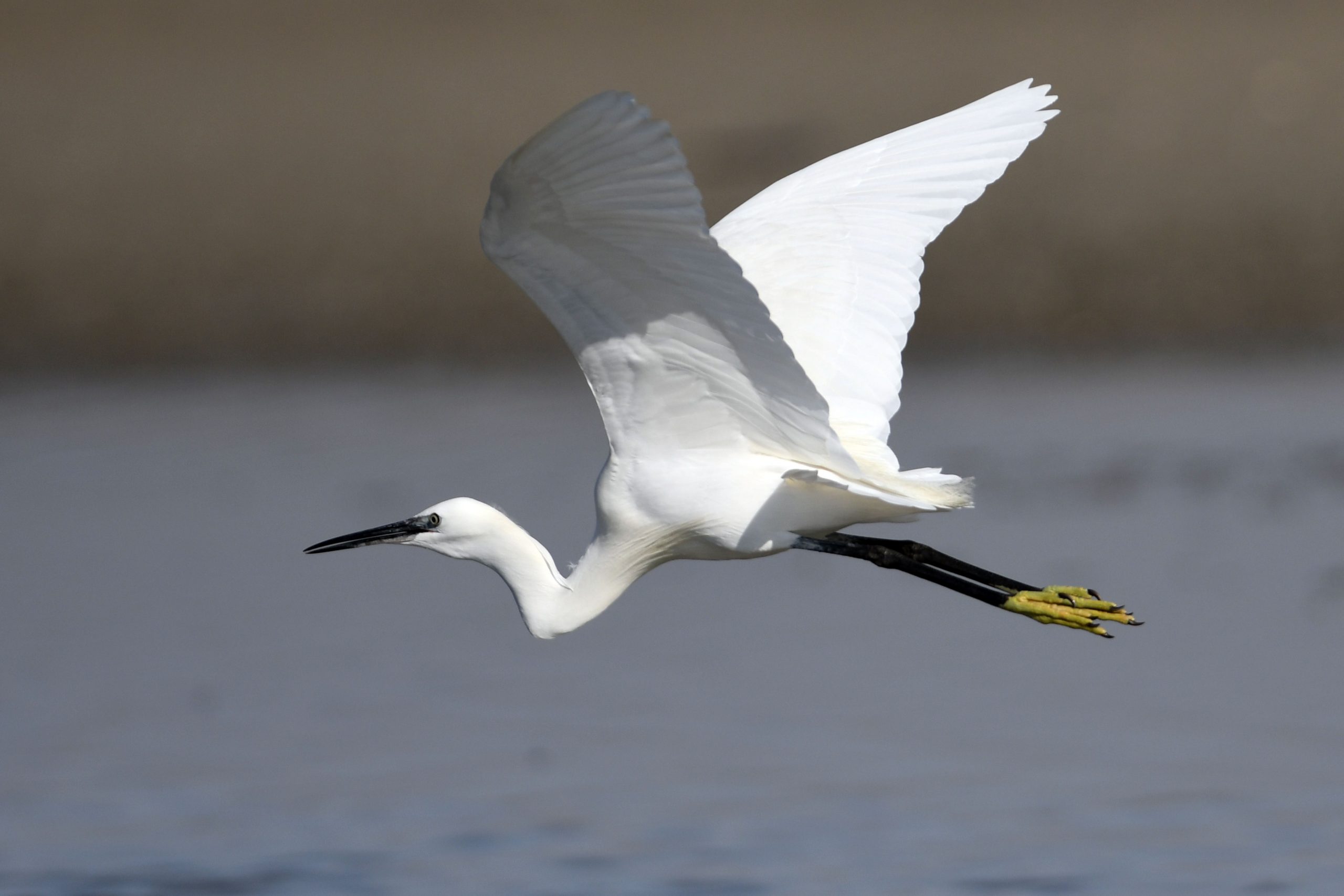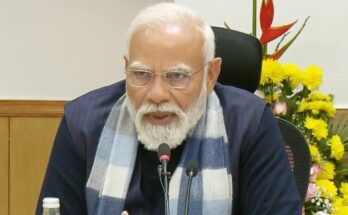Gandhinagar, Almost 80 per cent of the 867 species of birds population in India has been on decline in the past five years, according to a report to which over 15,500 birdwatchers from across the country contributed.
It also expressed high concern for conservation of 101 species.
More than one crore observations were made by the birdwatchers. They were uploaded to the eBird platform to evaluate the distribution range of these 867 Indian birds, over long-term (25 plus years) and present (past 5 years).
According to the report, 58 species on the long-term trend are in strong decline and 77 species in moderate decline. According to the current trend, 72 species are in the strong decline.
Those in high decline included raptors, migratory shorebirds and habitat specialists, which included Small Minivet, Common Woodshrike, Short Toed Snake, Cotton Teal Little Stint, Large Cuckooshrike, Common Greenshank, Rufous Tailed Lark, Oriental Skylark, Yellow fronted pied woodpecker, Indian Thick-knee Eagle, Little Pratinkole, Sirkeer Malkoha, Blue Rock Thrush, Crested TreeSwift and Redneck Falcon.
It was found birds that fed on invertebrate had declined as a whole. While 101 species required immediate concern, 319 species moderate concern, 442 species low concern for conservation.
“The assessment is based on three indices. Two are indices of change in abundance: long-term trend and current annual trend (over 5 years), and the third is a measure of distribution range size,” the report says.
“Using these three indices together with the IUCN Red List (Red List of Threatened Species), each specie was classified into categories of conservation concern for India.
Overall decline in species demands research into their causes. To protect the high concern species, attention from conservation policy, management and funding are required. “Many earlier bird conservation decisions were not based on much evidence. This report helps bring much-needed data on these issues,” said Dhananjai Mohan of the Wildlife Institute of India.
Painting a rosy picture, the report says the number of Indian national bird peafowl had increased significantly over the past decades. The number of sparrow was found to be roughly stable across the country, despite declining in in major cities.




